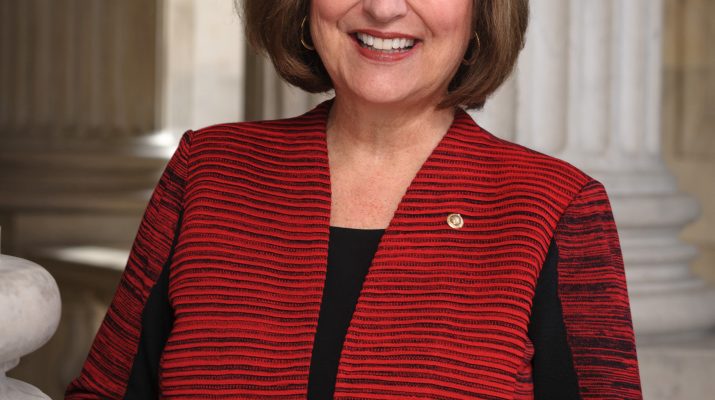If you’re familiar with the cattle industry, you are probably aware that cattle producers are receiving a falling share of the beef dollar. At the start of the pandemic demand for beef was through the roof, forcing consumers to pay higher prices for steaks and other products. Many family ranchers understandably expected that to lead to a long-overdue profit increase for their operations.
That didn’t happen. Instead, meatpackers’ market power left producers with a smaller and smaller share of every dollar you and I pay for beef at the supermarket. Things tilted so far in one direction recently that meatpackers enjoyed record profits while many producers and feeders struggled just to make ends meet. A weak economy and skyrocketing inflation are only making matters worse.
Looking closely at the numbers, the price of beef is up $1.34 over the past four years. But the producers share of the consumers dollar is just $0.14, down from the $0.16 in 2020.
Today, 85 percent of fed cattle are slaughtered by one of just four companies. With fewer potential buyers, ranchers can be faced with a take it or leave it market when selling their cattle. Even worse, a lack of transparency means many producers don’t even know if they are being offered a fair price.
That’s because the cattle market relies on negotiated transactions, often referred to as cash transactions, that involve a bid and an ask. They facilitate price discovery to establish the going rate for cattle. We also know that negotiated transactions have drastically declined over the past 20 years. The decline has been especially pronounced in some regions of the country where they rely on Alternative Marketing Arrangements (AMAs).
I understand the value of AMAs. They can provide economic returns and operational efficiencies. However, AMAs rely on the negotiated market by often using publicly reported cash price information to set their base prices. With an increasing number of AMAs and declining negotiated sales, ag producer groups almost uniformly acknowledge concern about cash price information becoming too thin.
Over the past two years, we have witnessed voluntary industry efforts to increase negotiated trade. While there was some success, ultimately by the industry’s own standards, these voluntary efforts failed because of the packers’ lack of participation.
Everyone benefits from a healthy beef supply chain, where each segment can fairly compete in the marketplace. That’s why for two years, I’ve worked on legislation called the Cattle Market Price Discovery and Transparency Act. My bill poses a solution to many of the issues family operations and ranchers are facing and it recently passed the Senate Agriculture Committee by a strong, nearly unanimous, bipartisan vote.
The marquee provision would require the Secretary to Agriculture to establish regions encompassing the entire continental U.S. and then establish minimum levels of fed cattle purchases made through approved pricing mechanisms. Approved pricing mechanisms include fed cattle purchases made through negotiated cash, negotiated grid, at a stockyard, and through trading systems where multiple buyers and sellers regularly can make and accept bids. These pricing mechanisms will ensure robust price discovery in every region of the country.
The bill would also establish a maximum penalty for covered packers of $90,000 for mandatory minimum violations. Covered packers are defined as those packers that during the preceding five years have slaughtered five percent or more of the number of fed cattle nationally.
While crafting this legislation, I was fortunate to receive the support of state groups like the Nebraska Farm Bureau, Nebraska Cattlemen, and the Nebraska Farmers Union. I also worked closely with the National Farmers Union and the U.S. Cattlemen’s Association, who have endorsed the legislation.
Recently, I hosted a roundtable discussion with these groups, as well as representatives from Nebraska Chamber of Commerce, community bankers, grocers, and UNL. The diverse range of perspectives in attendance reflects a clear consensus on the importance of agriculture in our state. In fact, everyone agreed that when our agriculture sector succeeds, all segments of our economy benefit. That’s why after years of inaction, it’s so important to forward policy solutions like my bill.
The Cattle Price Discovery and Transparency Act is now eligible for a final vote on the Senate floor. I will continue to work to get this critical legislation across the finish line.
Thank you for participating in the democratic process. I look forward to visiting with you again next week.

